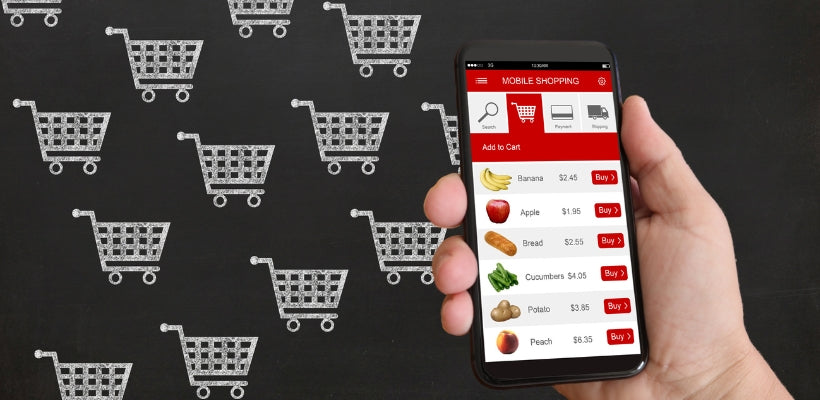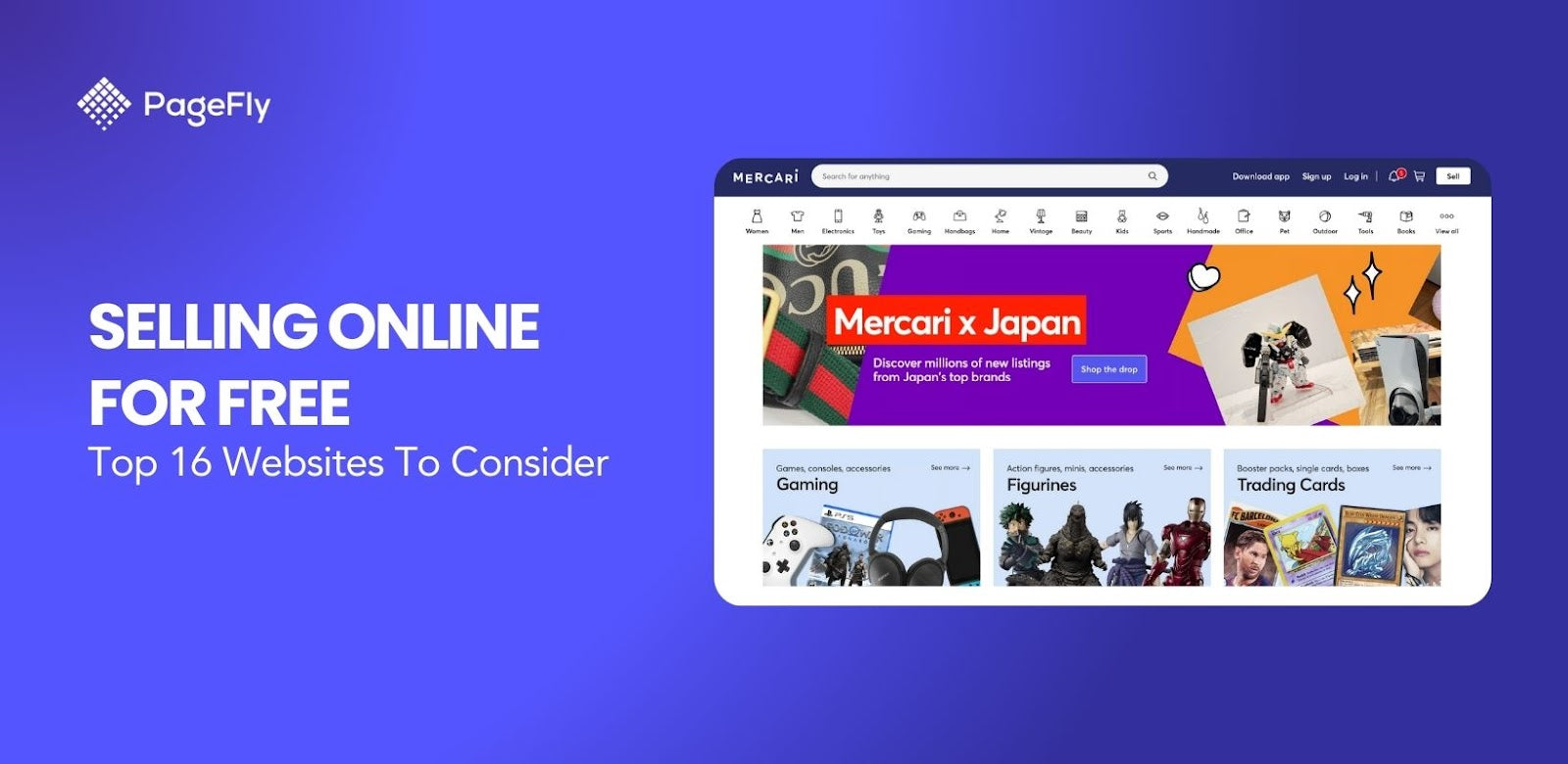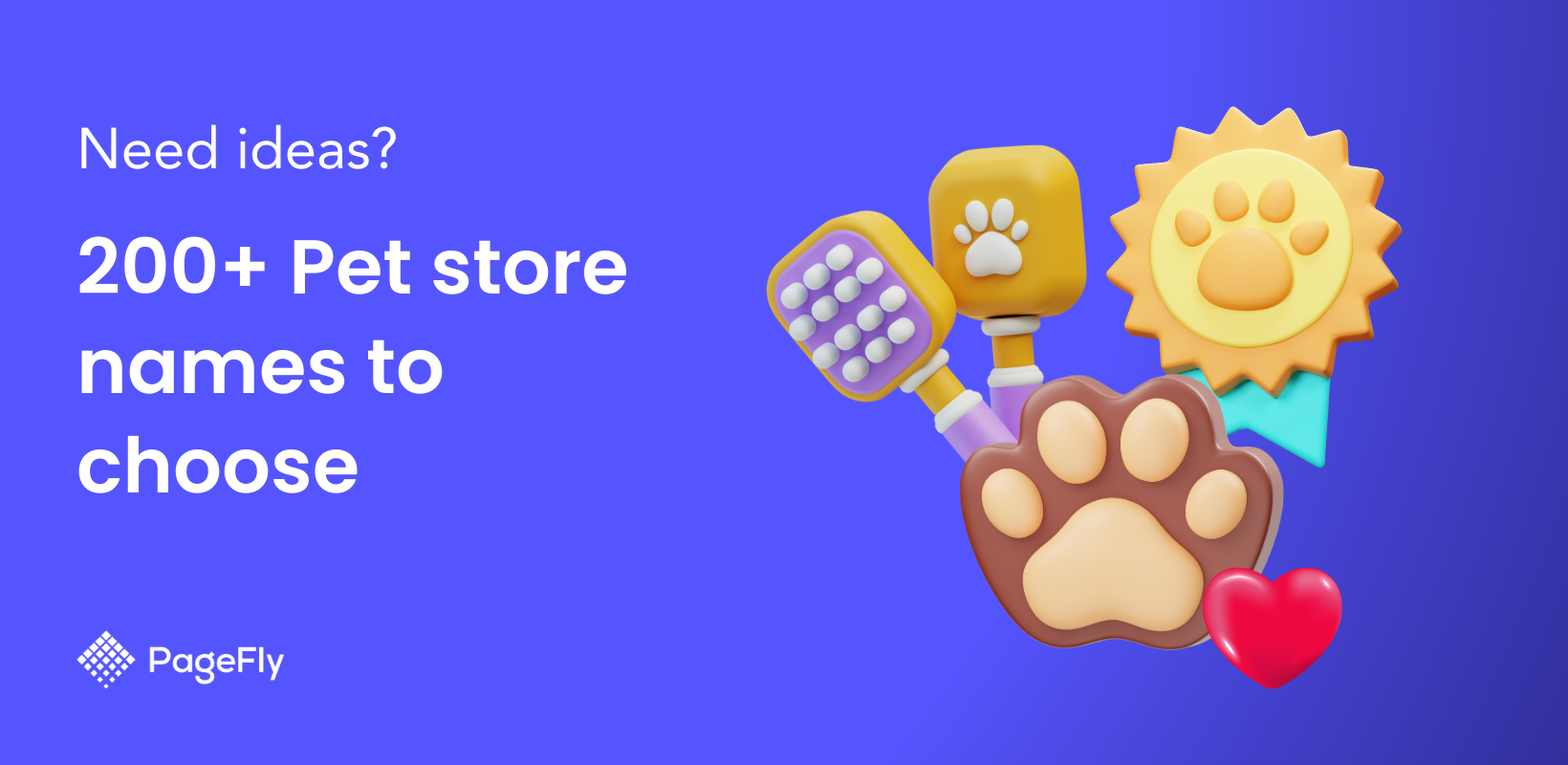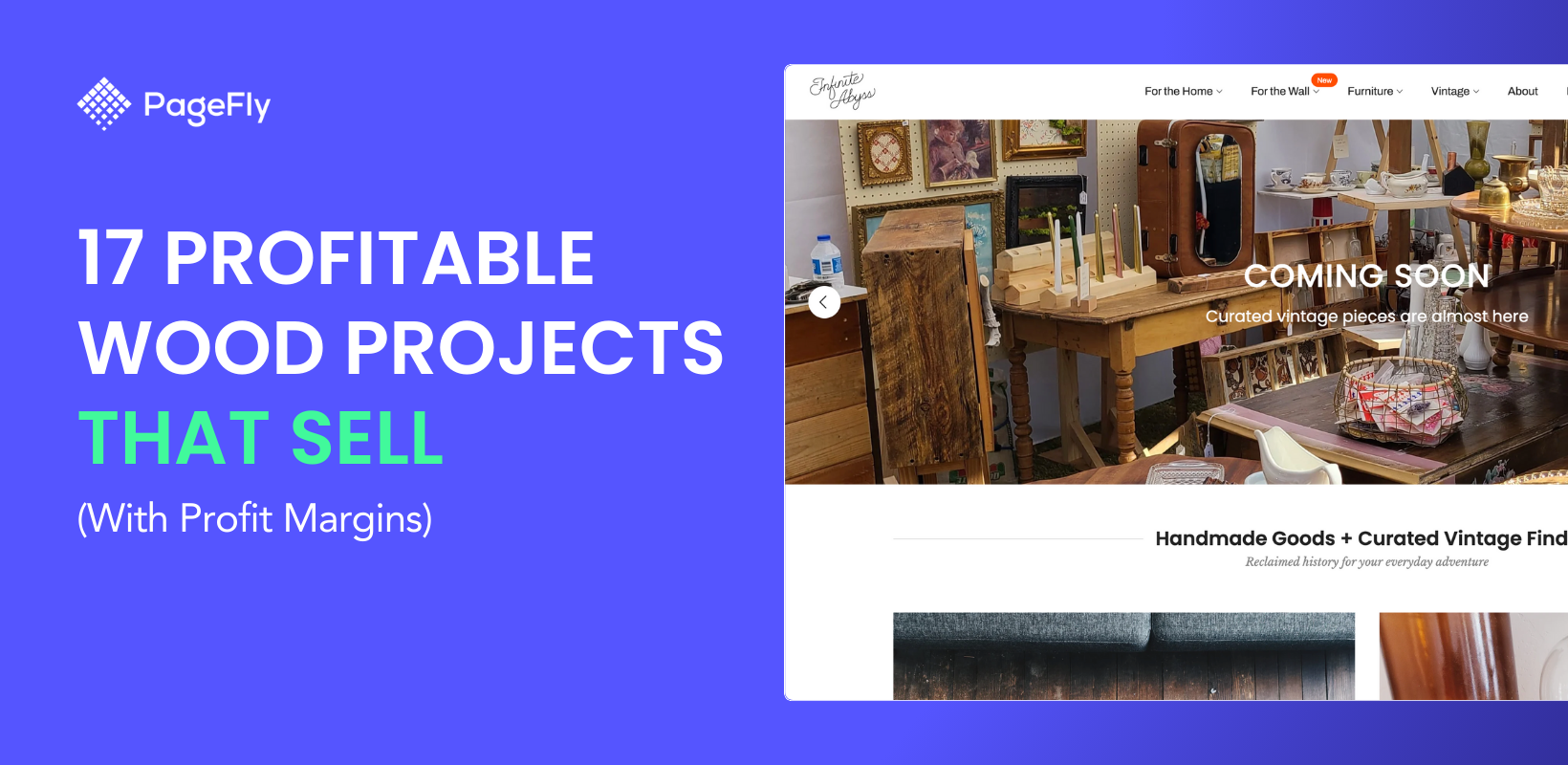Why Shopify AppCommerce is the future of mCommerce
Imagine this. You’re baking a cake in your kitchen. While mixing all the ingredients, you suddenly realize that your pantry stock of butter is over. You can't delay as guests are coming in an hour.
Now you would have panicked if you were baking this cake in 1990, and running out of stock in the pantry meant you needed to rush to your neighborhood supermarket to get it.
But this is 2023.
You smile and take out your smartphone. Open the grocery store app, select the butter you need, and place the order. Within a blink of an eye, the delivery person arrives at your doorstep with your order.
Convenient, right?
That’s why mobile shopping has become so popular worldwide, and the number of mobile shoppers is rising significantly.
A report says by 2024, there will most likely be over 187 million active mobile shoppers in the US alone, while mobile retail stores and ecommerce are projected to reach USD 510 billion in 2023 and USD 710 billion in 2025.
While brands are experimenting with many strategies, mobile-responsive sites are not enough! Consumers are looking for more interactive and seamless ways to shop on the go. Think With Google says 1/2 of shopping apps installed in a shopper’s phone are used weekly.
If you’re already optimizing for mobile shopping, this post highlights why AppCommerce should be your next step.
Outline
What is AppCommerce
AppCommerce refers to giving your target audience a mobile app that they can use to shop from you. This reduces the need for them to open your brand site in mobile browsers and eventually lose it in the various tabs they have open.
Since the buyer started preferring to buy online, ecommerce stores have been developing different strategies to give their shoppers a seamless shopping experience.
From creating websites to mobile responsive websites, there has been a significant revolution in how people shop. Today, many brands are leaning towards building appcommerce as users prefer to shop on the go, and opening up a mobile browser every time is tedious.
While for every task now the user prefers to do over an app (think of messaging apps, email apps, banking apps, etc.), it's natural for ecommerce brands to have their apps where a consumer can browse products, save them in their wishlist, and purchase when they’re ready.
Why do we think AppCommerce is the future of mCommerce?
While mobile-optimized eCommerce websites are enabling brands to offer seamless buying experiences on smaller screens, let’s take a look at some of the reasons why building a shopping app can enhance this further.
1. Create a frictionless shopping experience
Data says mobile apps cover up to 157% more than mobile web. That’s because consumers now prefer a seamless and hassle-free shopping experience, and apps are designed mobile-first, so they are fast and frictionless compared to the mobile web.
Think about how fast it is for you to browse through the extensive catalog of Amazon on the shopping app - all without having to wait for each page to load.
2. Better brand recognition
Think of brands like H&M, Zara, Mango and others - all the top fashion brands have connected with their audience well through dedicated mobile apps. The apps have created a permanent home in their user’s phones, so whenever a user picks up their phone for shopping they can see and connect with your mobile app.
The more visible you are, the more likely your target audience becomes interacting with it. And that further increases the chances of them launching the app for another shopping session.

3. Better communication
Apps help brands constantly stay in touch with their customers and offer better communication through automated messages, push notifications, 24/7 in-app chat support, etc. Since the notifications get delivered straight to the mobile app screen, your customers become more likely to read and click through them.
For example, Myntra, uses push notifications across the buyer journey to keep them engaged and bring them back to the shopping app multiple times a day.

4. Offer better customer experience
Mobile apps offer a better customer experience. Many apps leverage GPS-based personalization, live streaming, AR and VR, machine learning, and artificial intelligence to help brands gather valuable information about user behavior to offer a personalized shopping experience.
For example, using data analytics, brands can know the user’s product preferences, at what time of the day they prefer to shop, how long they take to make a purchase decision, their demographics, etc. Analyzing these data, brands can make personalized recommendations for better customer experience and higher conversion chances. Here’s an example from Nike and how the brand used its app thoughtfully to offer a better customer experience.

5. Reduce cart abandonment
Mobile apps make the buying process super easy. It saves all the information about the buyer, including their payment preference and delivery addresses, so that every time a user logs in, they don't have to provide these details.
Users can keep picking up things and adding them to the cart before they can checkout. All items are saved in the cart. Users can also add items to the wishlist and buy when they wish. All these are helpful features that significantly reduce cart abandonments and cut down the number of steps required to nudge buyers to complete a purchase.
In addition to optimized checkout processes, the ability to pay using mobile app wallets further helps in getting shoppers to the point of conversion.
We have found that as compared to mobile sites, mobile apps see only 20% cart abandonment rate.

6. Better customer service
Customers become loyal to a brand not just for great products but also for best customer service.
A report mentions that 73% of customers would pay more if offered better customer service. So instead of looking through your website, make it easy for the buyer to reach out to you through the app. For example, they can call you, chat with a support agent, read the FAQ to find answers, or post their question to the forum.

7. Achieve higher average order value
Mobile apps offer a hassle-free shopping experience. This also makes it much simpler for the shopper to browse through everything else your brand has to offer - from the personalized recommendations to products in different categories, product bundles and more.
This helps you upsell and cross-sell to buyers easily during their app session and gets them to buy more from you.
Let’s explain this with an example.
Let’s say you’re looking at the following dress in a mobile app like Myntra:

Now as you start to browse through the details, the apps displays the following options to you, introducing you to other fast-selling products from the same brand:

And they even recommend buying a few products together based on the interest you’ve shown:

The natural navigation that these conversion strategies encourage, get a buyer to explore more products. The more they discover, the more likely they become to buy more from you!
How to get started with AppCommerce?
With an increasing number of consumers choosing to shop using mobile devices, it is important for brands to focus on becoming more accessible - and a shopping app gives them the opportunity to do exactly that!
To build a shopping app for your brand, you can take two approaches:
- Hire a team of app designers and developers - This will require setting aside a considerable budget to build a mobile app for iOS and Android, from scratch. The team would then work with you to create a custom layout for your eCommerce app and design each element and functionality in phases.
- Use a Shopify mobile app builder - This includes working with a no-code mobile app builder like Shopney that offers ready to use and customizable templates to create native shopping apps. Working with a builder allows you to use existing frameworks, helping reduce the time and money it takes to develop an app from scratch.

Conclusion
If you’re an ecommerce brand without a mobile app yet, you’re leaving money on the table. Your mobile-optimized website can only go so far in keeping a consumer engaged with your brand.
Embracing AppCommerce is more than just tapping into trends. It’s about adapting to consumer preferences and shopping behavior!
Are you ready to truly embrace mobile shopping to grow your online business?
This is your sign to launch a mobile app!









![14 Profitable Small Food Business Ideas for 2025 [Real Numbers]](http://pagefly.io/cdn/shop/articles/1_58b587d2-13db-4aa6-8c19-e40f5c88d3eb.jpg?v=1758255771&width=4460)
![Art Business Names: 350+ Ideas + Free Generator [2025 Updated]](http://pagefly.io/cdn/shop/articles/art_business_name_e94a54e9-d325-4ba3-94ab-7b4297952312.png?v=1760062968&width=1640)







